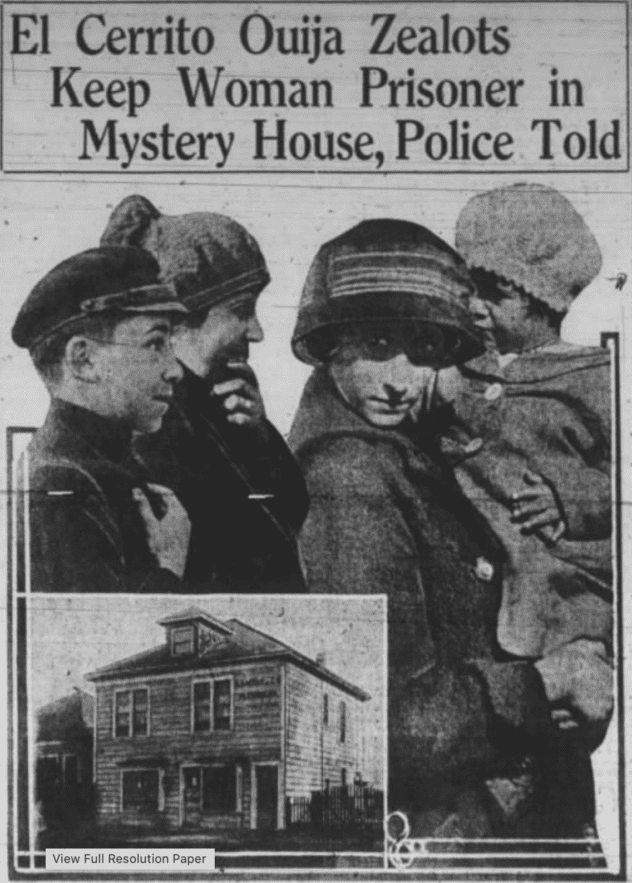
Seven people — men, women and a teen-aged girl — barricade themselves in a home located in El Cerrito, California as they spend days consulting Ouija boards. By all accounts they went insane in the process. One of the then-crazed women warned surrounding police to stay back lest her husband — then dead three months — started killing. A priest was summoned. Doors were broken down.
Largely forgotten today, the March 3, 1920 police scene in a small community just outside Berkeley, California has been described as one of the most unusual occult incidents ever investigated by California authorities. A documented case of Ouija-inspired mass hysteria, the incident generated front-page headlines, attracted the attention of medical professionals and prompted calls for reform legislation.

Edgar Cayce (March 18, 1877 – January 3, 1945) was an American attributed clairvoyant who claimed to speak from his higher self while in a trance-like state. During the sessions, Cayce would answer questions on a variety of subjects such as healing, reincarnation, dreams, the afterlife, past lives, nutrition, Atlantis, and future events. A devout Christian and Sunday-school teacher, Cayce said that his readings came from his subconscious mind exploring the dream realm, where he said all minds were timelessly connected. Cayce founded a non-profit organization, the Association for Research and Enlightenment, to record and facilitate the study of his channeling and to run a hospital. Cayce is known as “The Sleeping Prophet“, the title of journalist Jess Stearn‘s 1967 Cayce biography. Religious scholars and thinkers, such as author Michael York, consider Cayce the founder and a principal source of many characteristic beliefs of the New Age movement.
Canadian-born author, lecturer, astrologer and mystic Manly Hall was born on March 18, 1891. Hall is best known for his 1928 work The Secret Teachings of All Ages. Over his 70 year career, he gave thousands of lectures, including two at Carnegie Hall, and published over 150 volumes. In 1934, he founded The Philosophical Research Society in Los Angeles, which he dedicated to the “Truth Seekers of All Time,” with a research library, lecture hall and publishing house. See a video about Manly Hall at this link.
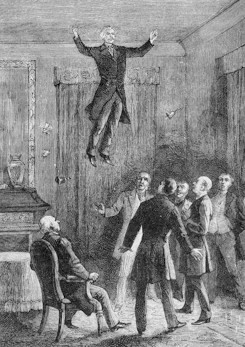
Daniel Dunglas Home (pronounced Hume; 20 March 1833 – 21 June 1886) was a Scottish physical medium with the reported ability to levitate to a variety of heights, speak with the dead, and to produce rapping and knocks in houses at will. His biographer Peter Lamont opines that he was one of the most famous men of his era. Home conducted hundreds of séances, which were attended by many eminent Victorians.
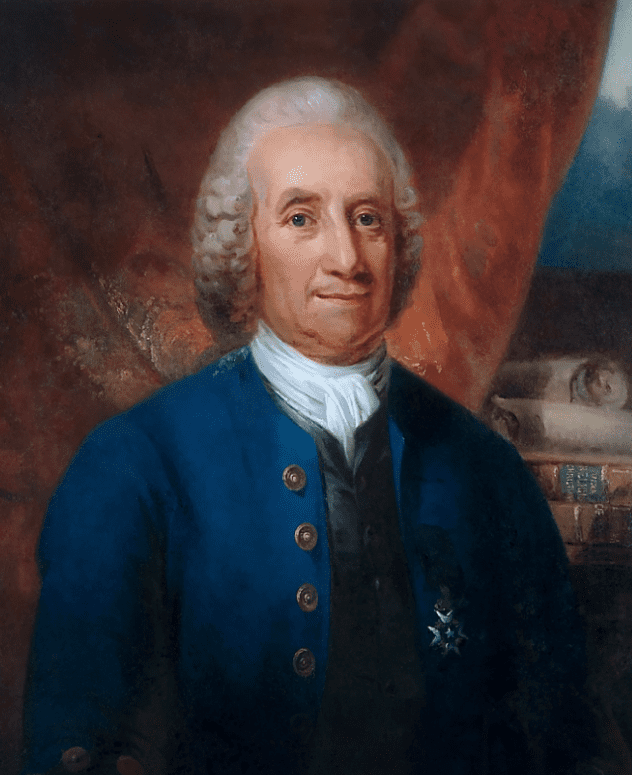
Emanuel Swedenborg, born February 8, 1688 and died March 29, 1772, was a Swedish Christian theologian, scientist, philosopher and mystic. He became best known for his book on the afterlife, Heaven and Hell (1758). Swedenborg had a prolific career as an inventor and scientist. In 1741, at 53, he entered into a spiritual phase in which he began to experience dreams and visions, culminating in a “spiritual awakening” in which he received a revelation that opened his spiritual eyes so he could freely visit heaven and hell to converse with angels, demons and other spirits. Some describe Swedenborg as a progenitor of modern Spiritualism.
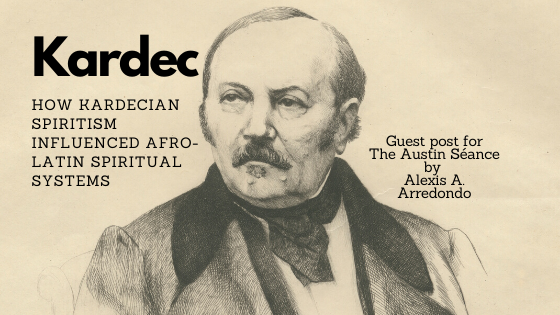
Allen Kardec, the 19th Century founder of “Spiritism” and a man who changed the course of Latin American religious movements, died on March 31, 1869.
Guest Post: How Kardec Influenced Afro-Latin Spiritual Systems
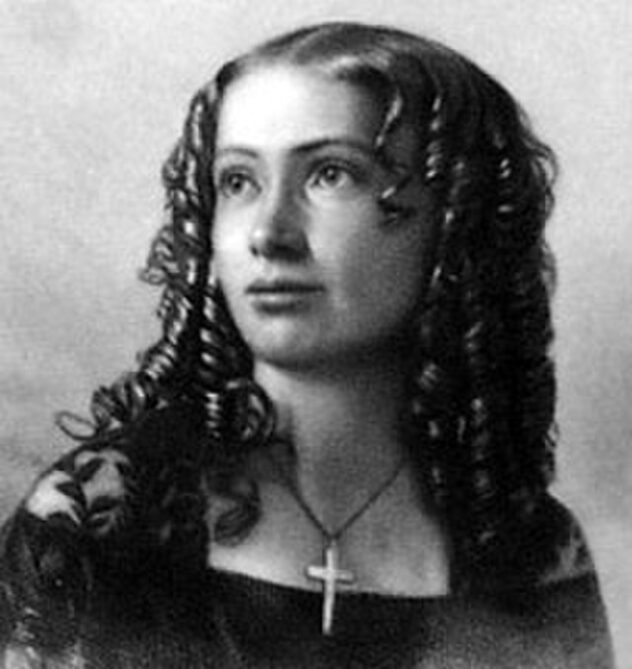
Cora Lodencia Veronica Scott (April 21, 1840 – January 3, 1923) was one of the best-known Spiritualist mediums of the last half of the 19th century. Most of her work was done as a trance lecturer, though she also wrote some books whose composition was attributed to spirit guides rather than her own personality. Married four times, Cora adopted the last name of her husband at each marriage, and at various times carried the surnames Hatch, Daniels, Tappan, and Richmond.
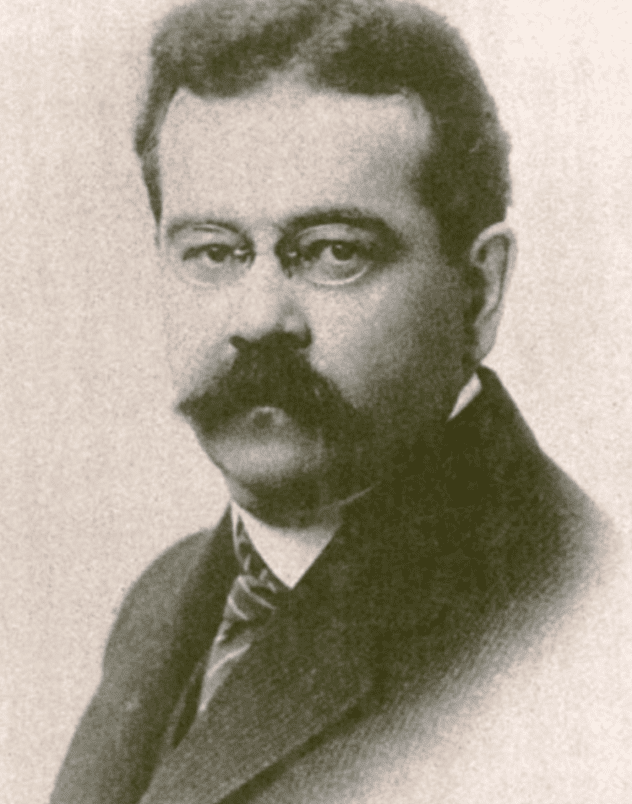
Charles Hoy Fort (August 6, 1874 – May 3, 1932) was an American writer and researcher who specialized in anomalous phenomena. The terms Fortean and Forteana are sometimes used to characterize various such phenomena. Fort’s books sold well and are still in print. His work continues to inspire admirers, who refer to themselves as “Forteans,” and has influenced some aspects of science fiction.
Fort’s collections of scientific anomalies, including The Book of the Damned (1919), influenced numerous science fiction writers with their skepticism and as sources of ideas. “Fortean” phenomena are events which seem to challenge the boundaries of accepted scientific knowledge, and the Fortean Times (founded as The News in 1973 and renamed in 1976) investigates such phenomena.
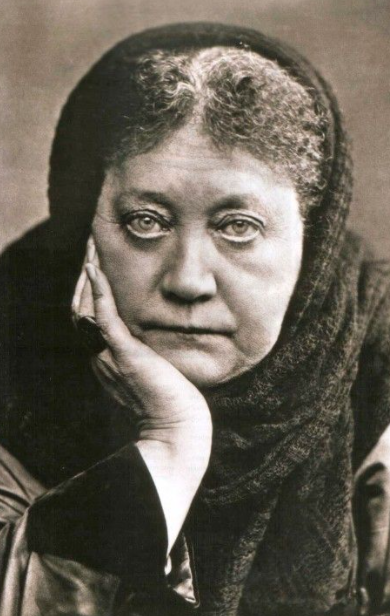
Helena Petrovna Blavatsky, often known as Madame Blavatsky; was a controversial Russian occultist, philosopher, and author who co-founded the Theosophical Society in 1875. She gained an international following as the leading theoretician of Theosophy, the esoteric movement that the society promoted. Her death, on May 8, 1891, is celebrated as “White Lotus Day” among Theosophists. Read more about Madame Blavatsky here.
